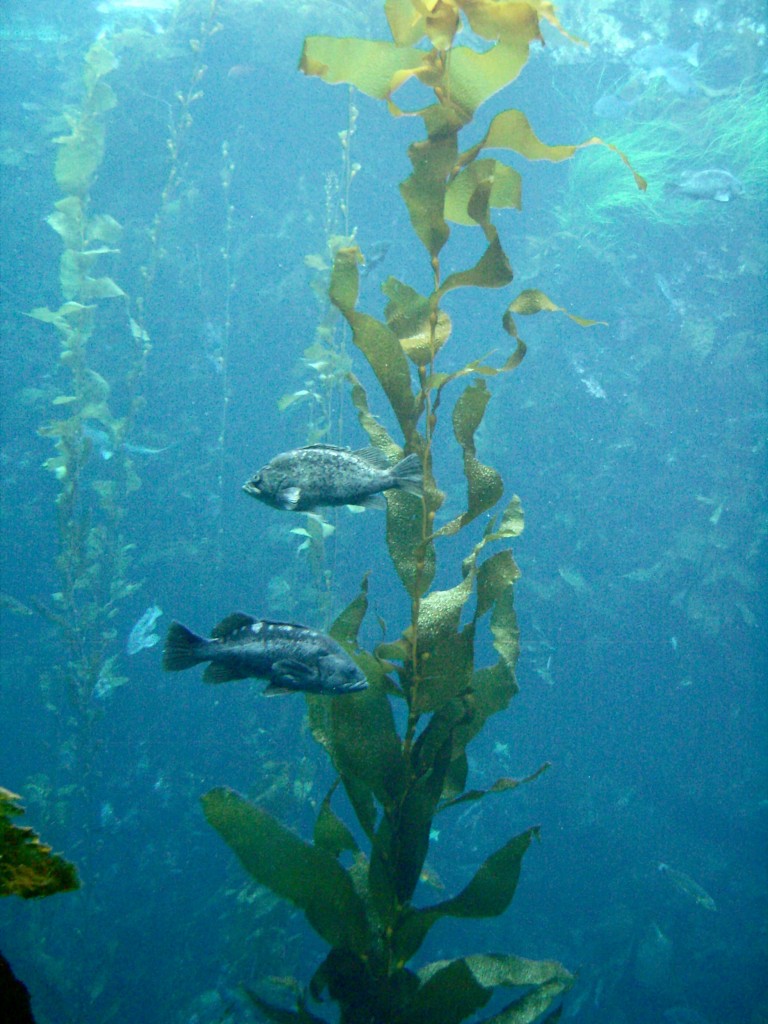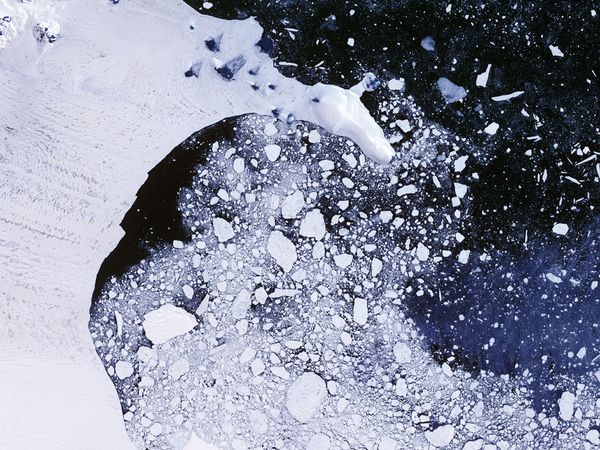Genetically modified organism’s or GMO’s are a new source of technology that allows scientists to genetically alter organisms to allow them to express certain genes. In plants they are also able to change their genome to give them enhanced abilities, such as resistance to weeds, insects or drought. It can be thought of as giving super powers to plants. However with these mutations comes loss of problems, such as the changed species negative impact on its ecosystem as well as cross-pollination. GMO’s are shown to have a negative impact on their surrounding environment in an article by Tom Philpott titled “Researchers: GM Crops Are Killing Monarch Butterflies, After All”. He states that a study from the University of Minnesota has given evidence to prove that this is causing a rapid decline in the population of the monarch butterfly. This is because the butterflies relay on milkweed to lay their eggs, which is a weed commonly found on the edges of cornfields. However in 1996 “Roundup Ready” was introduced to the farmers, which were essentially genetically modified seeds that are more resistant to the Roundup herbicide, which is very deadly to milkweed. Since farmers were now able to spray the herbicide all they wanted without fear of damage to their crops the milkweed population quickly diminished by 58% by 2010 and so did the monarch butterflies population by 81%. This article shows the negative impacts of GMO’s through the greater food web. Another concern of genetically modified organisms is there negative impact through cross-pollination. Farmers in Rogue Valley have banned GMO’s because cross pollination can cause farmers not using GMO’s to end up with GMO seeds, which they are not legally allowed to grow or sell the crops of. Cross-pollination is a very real threat since seeds can travel up to 6 miles, potentially making a lot of farmers land unusable once infected with GMO’s. By banning these organisms from the area farmers are able to sell to local markets and protect their livelihood and business from cross contamination.
Works Cited
Researchers: GM Crops Are Killing Monarch Butterflies, After All
http://www.examiner.com/city-buzz-in-medford/genetically-modified-crops-threat-rallies-rogue-valley






